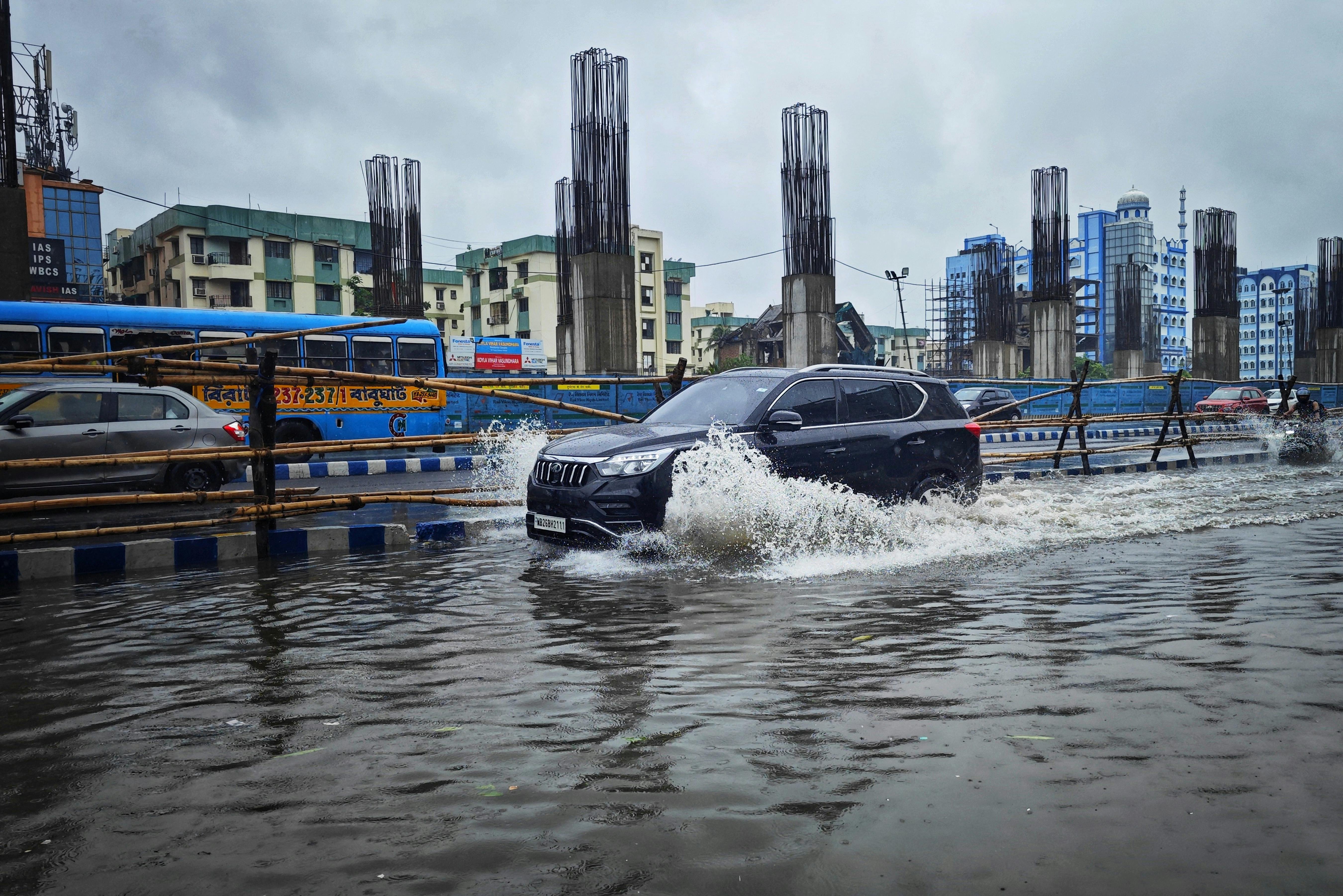Drove Through Water and the Engine Stalled! What Should You Do?
(Photo credit: Pexels)
Rainy Season Driving: Hidden Risks Beneath the Surface
Urban drivers know the rainy season can quickly turn streets into rivers. Whether you're driving home from work or stuck in city traffic, deep puddles or flash flooding can become unavoidable.
But one of the most expensive and panic-inducing situations is when your car suddenly stalls after driving through flood water — and won’t start again!
What Causes the Engine to Stall in Water?
1. Water enters the air intake and combustion chamber (Hydrostatic Lock)
The engine is designed to compress air, not water. When water enters the combustion chamber, it resists compression, causing pistons and rods to bend or break. This can lead to catastrophic engine failure.
2. Water shorts electrical systems
Floodwater can reach critical electronic components like the ECU, sensors, or fuse box. A single short circuit may disable the car entirely.
3. Starter or alternator damage
Water may interfere with the car’s ability to recharge the battery or engage the starter motor, resulting in a dead engine.
4. Battery terminals and fuses shorting out
Standing water can corrode connections and create power delivery issues.
What to Do If Your Car Stalls in Water
1. Stop the car immediately
Do not continue trying to drive through the water. Pull over to the side (if possible) and switch off the engine.
2. Shift to Neutral or Park, and push the car out if safe
Get the vehicle to higher ground to avoid further water ingress.
3. Disconnect the battery
If accessible, remove the battery terminals to prevent short circuits.
4. Call roadside assistance or insurance
Many comprehensive insurance plans offer free towing or roadside help. Let them know your vehicle stalled in water.
5. File a claim with your insurance provider
Comprehensive coverage often includes flood damage, including engine-related repairs.
What You Must NOT Do
Do NOT attempt to restart the car immediately!
This is the most common and damaging mistake. If water has entered the engine, trying to crank it can bend pistons and rods — turning a minor issue into a massive repair bill.
Prevention Tips for Rainy-Season Driving
- Avoid water deeper than half your wheel height
- Drive slowly and steadily in a low gear
- Never rev the engine or drive aggressively through water
- Avoid flood-prone areas and underpasses after heavy rain
“Do not panic. Do not restart. Call for help.” These three actions can save your engine from irreversible damage.
Engine stalls from water exposure are often preventable. By understanding the risks and acting with caution, you can avoid turning an inconvenience into a financial disaster.

